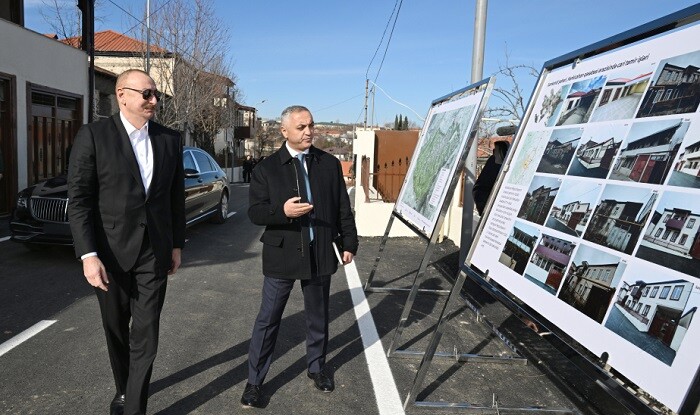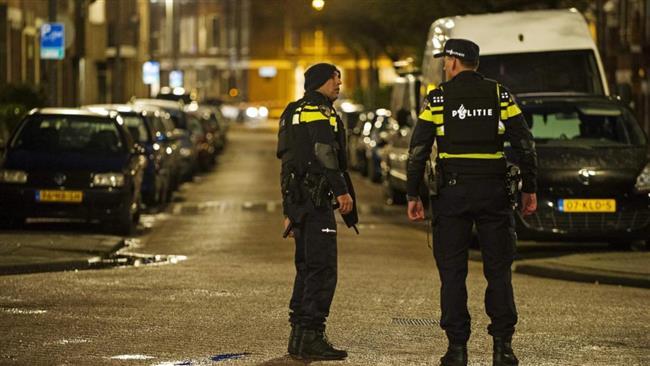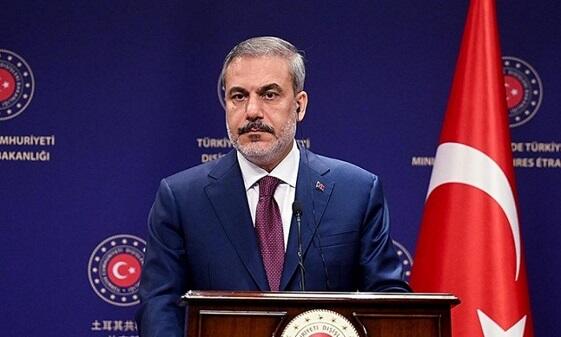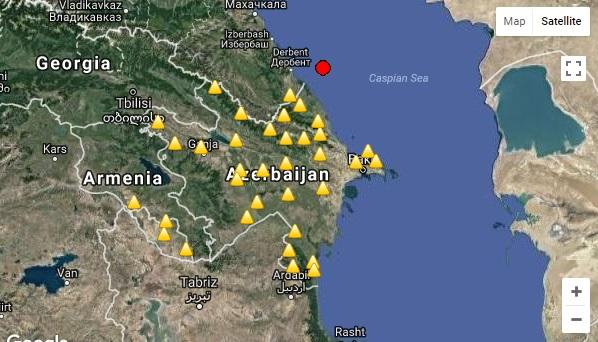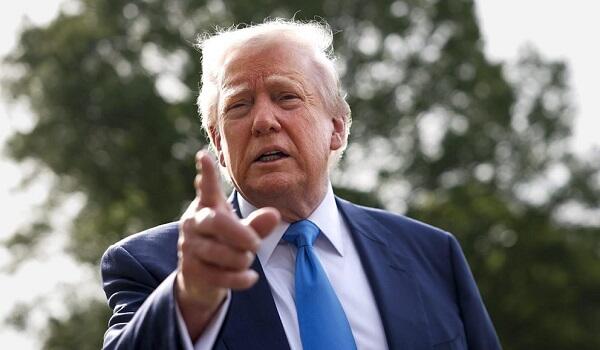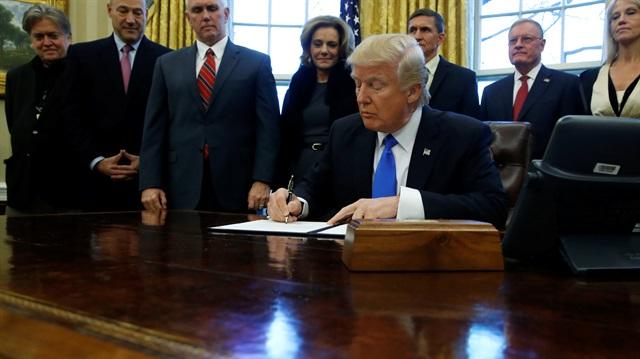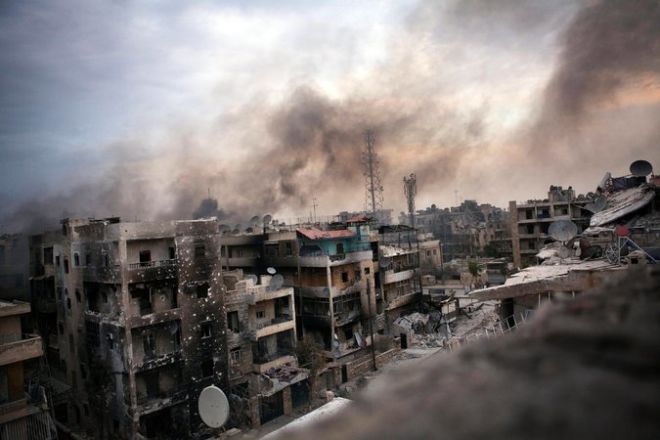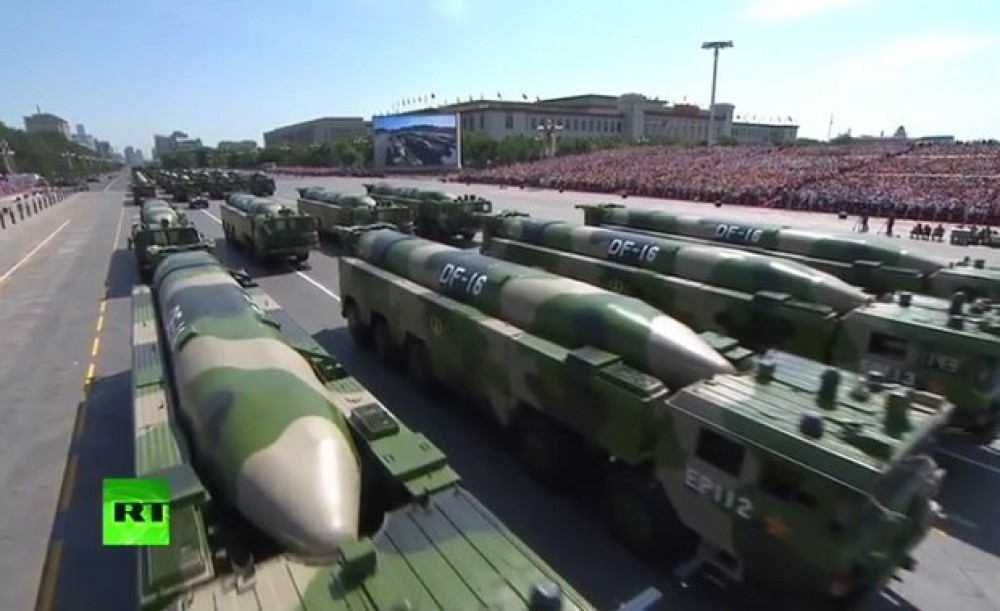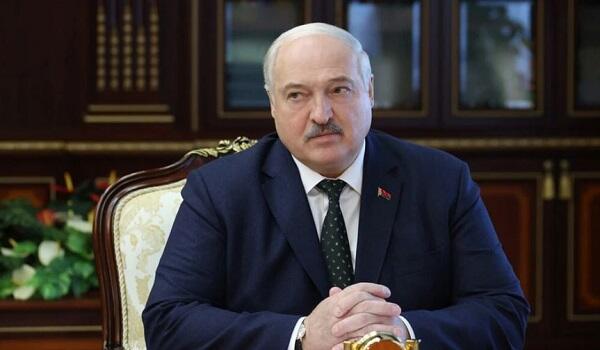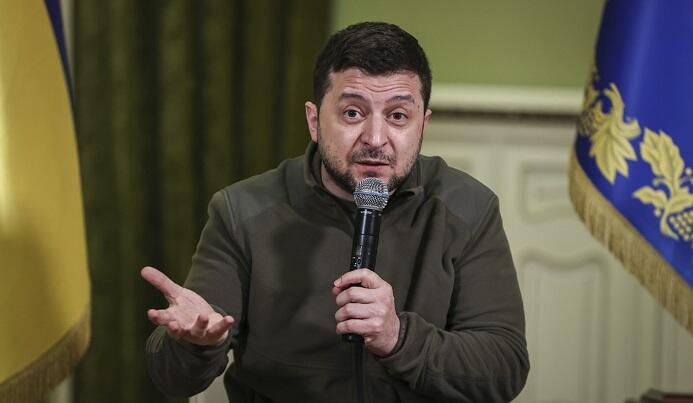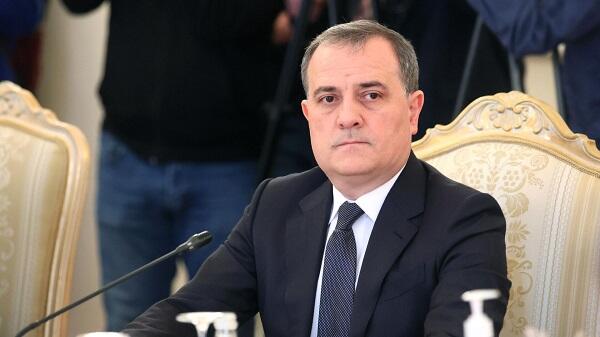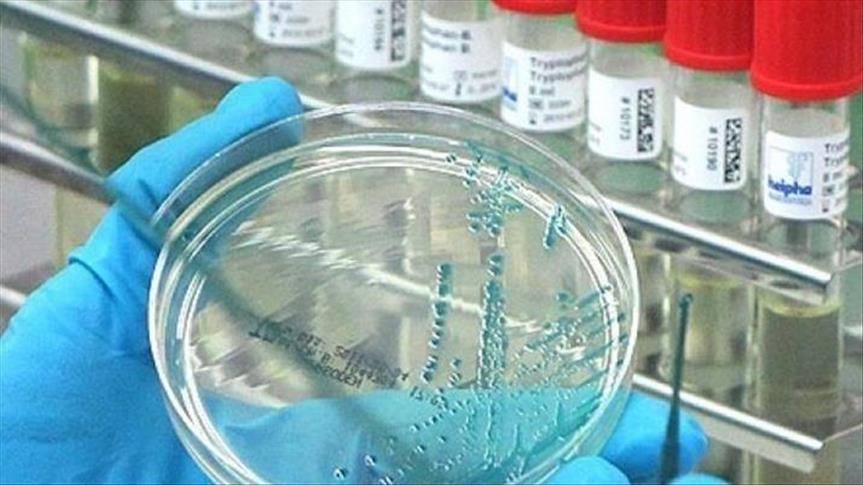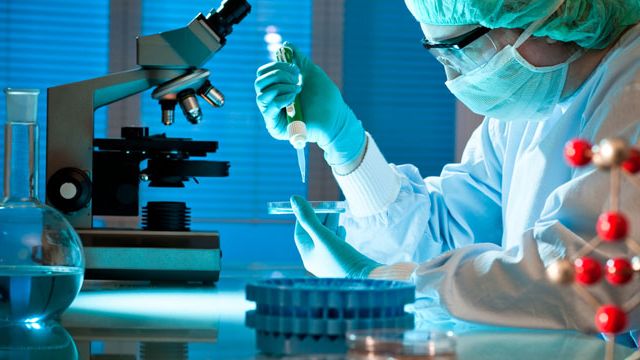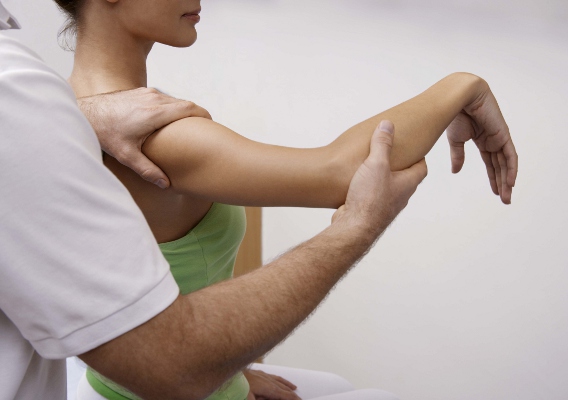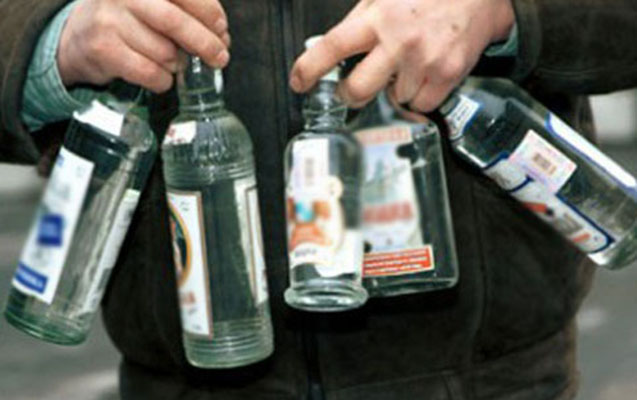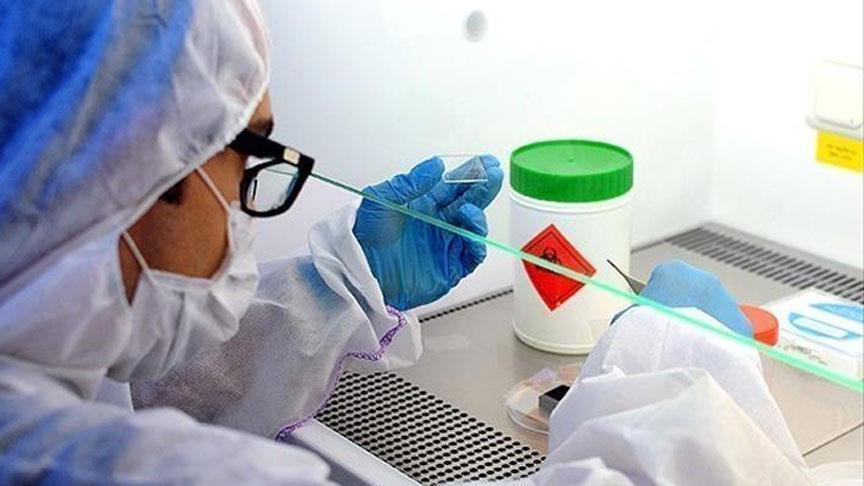Engineers announced Thursday they have used three-dimensional (3D) printing to create a lifelike and functional blood vessel network.
Axar.az reports that, researchers hope the innovation will help spur new development of artificial organs and regenerative therapies in a way that is accessible to many more patients.
Artificial blood vessels have been formed using 3D printing before but the process is slow and costly. Most projects have revolved around creating a single blood vessel, which is essentially a tube, and have been non-functioning. Because of the simplicity of these 3D printed vessels, none have been able to be hooked into a body’s complex cardiovascular system.
Researchers worked at the University of California, San Diego and published their announcement in the journal Biomaterials.
“Almost all tissues and organs need blood vessels to survive and work properly. This is a big bottleneck in making organ transplants, which are in high demand but in short supply," investigator Shaochen Chen said in a statement. “3D bioprinting organs can help bridge this gap, and our lab has taken a big step toward that goal.”
After modeling a vascular structure on a computer, the researchers’ homemade 3D printer is able to create a network of blood vessels out of a polymer and live cells. These cells grow into biological tissues once implanted. The entire process takes place within a matter of seconds, exponentially faster than previous efforts.
After incubating the newly created vessels, Chen’s lab successfully implanted them into mice, where they merged with the animals’ original cardiovascular network.
While the vessels transported blood, however, they are unable to recreate other important functions of natural blood vessels like transmitting nutrients. Chen hopes to solve the issue and then begin clinical trials in humans, but the research will take several years, he believes.
"We still have a lot of work to do to improve these materials,” Chen said. “This is a promising step toward the future of tissue regeneration and repair.”
